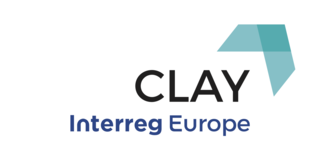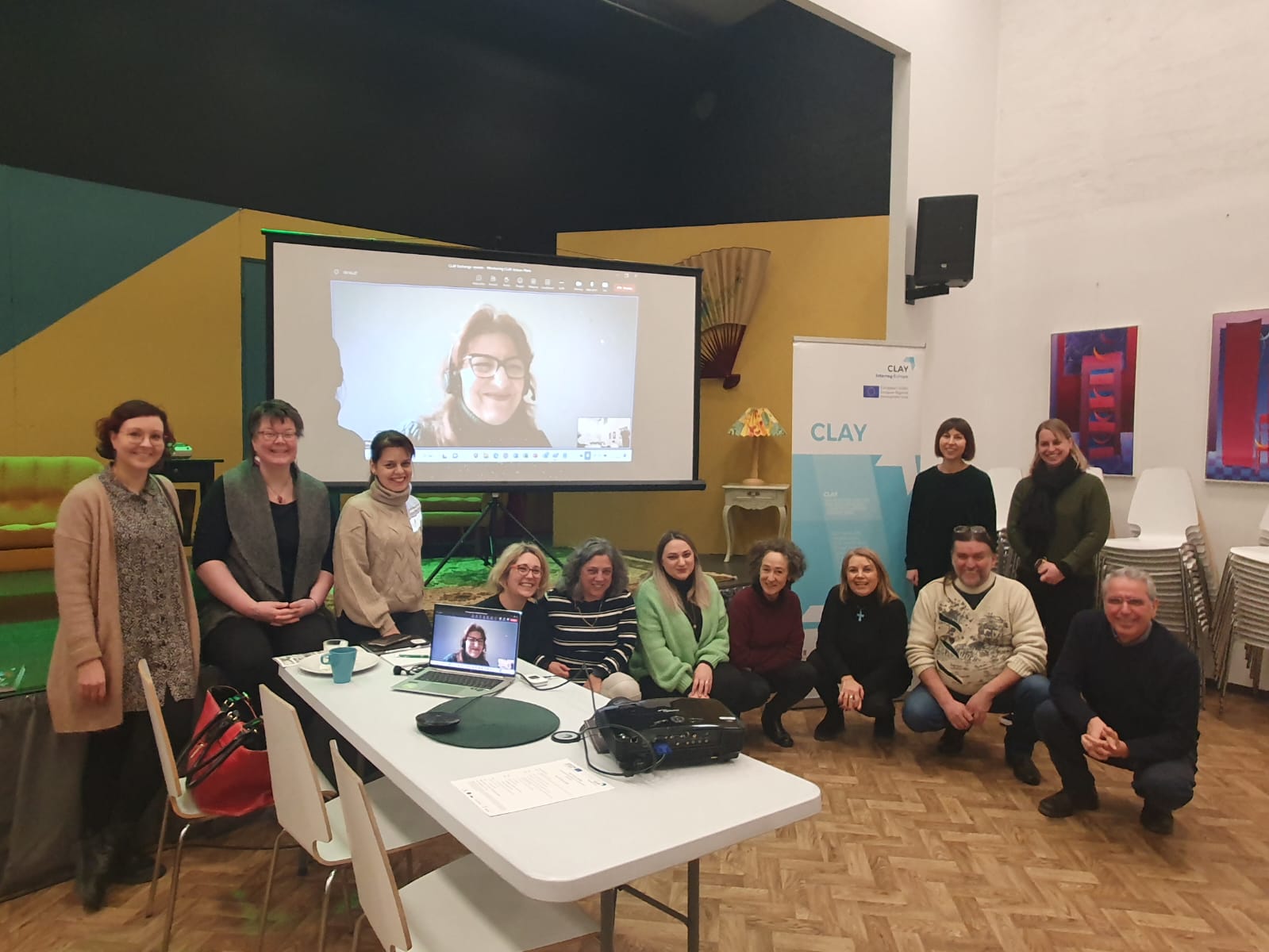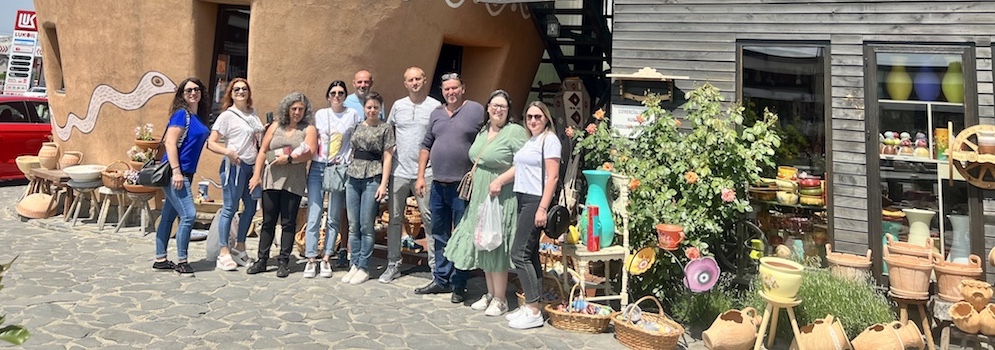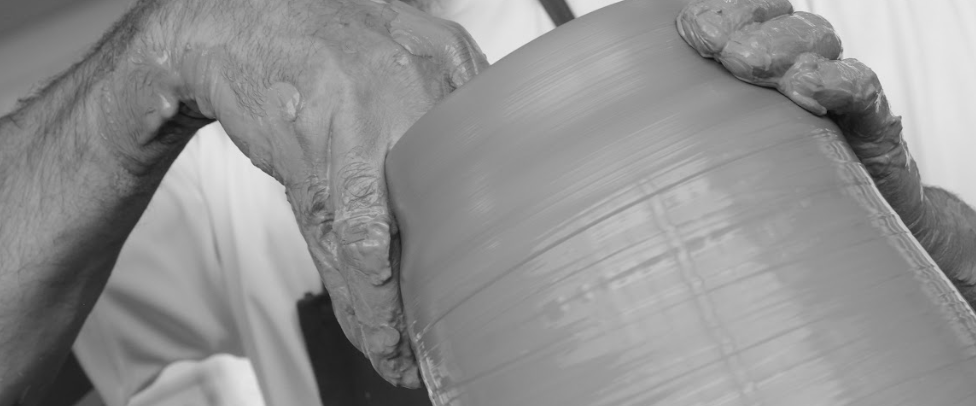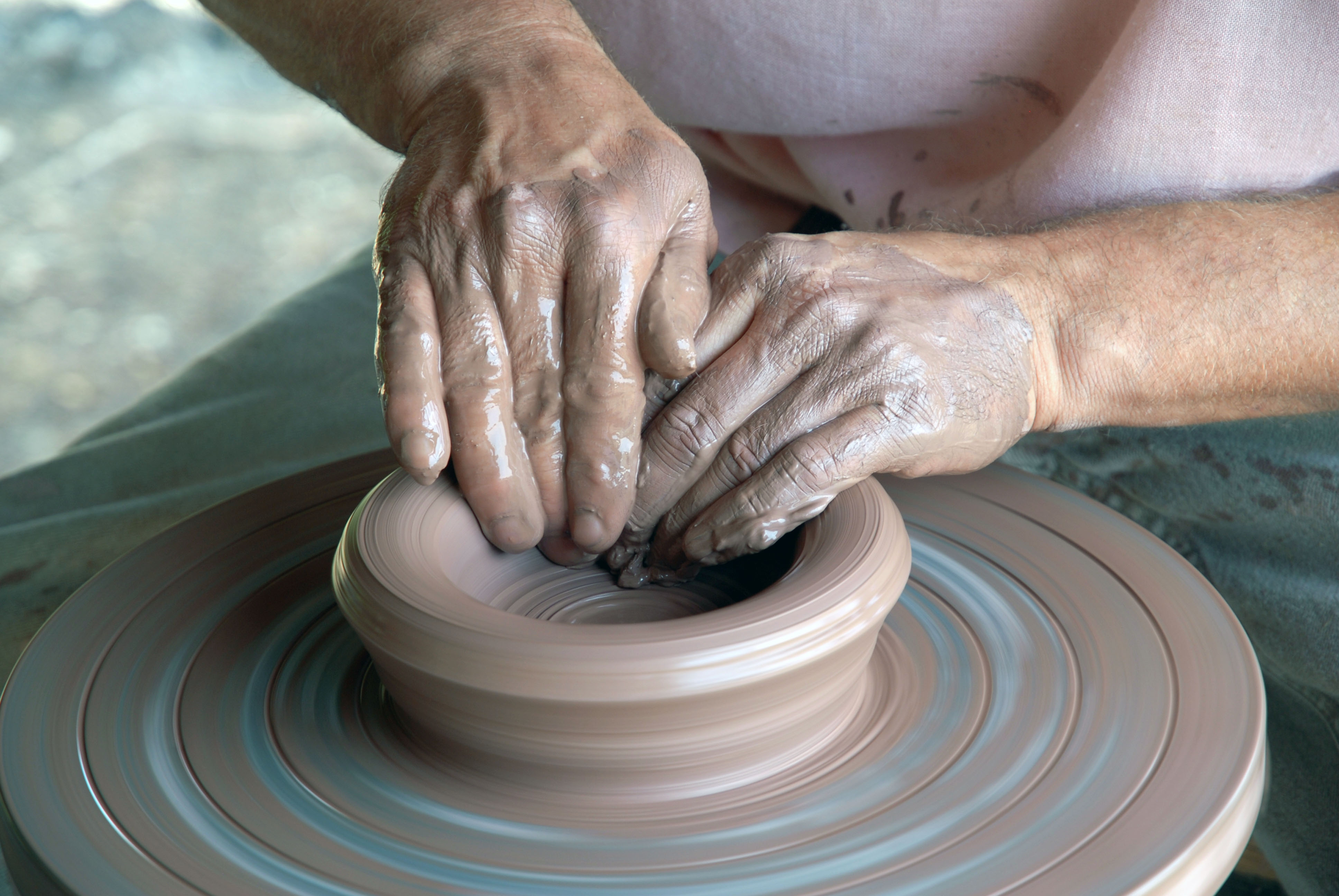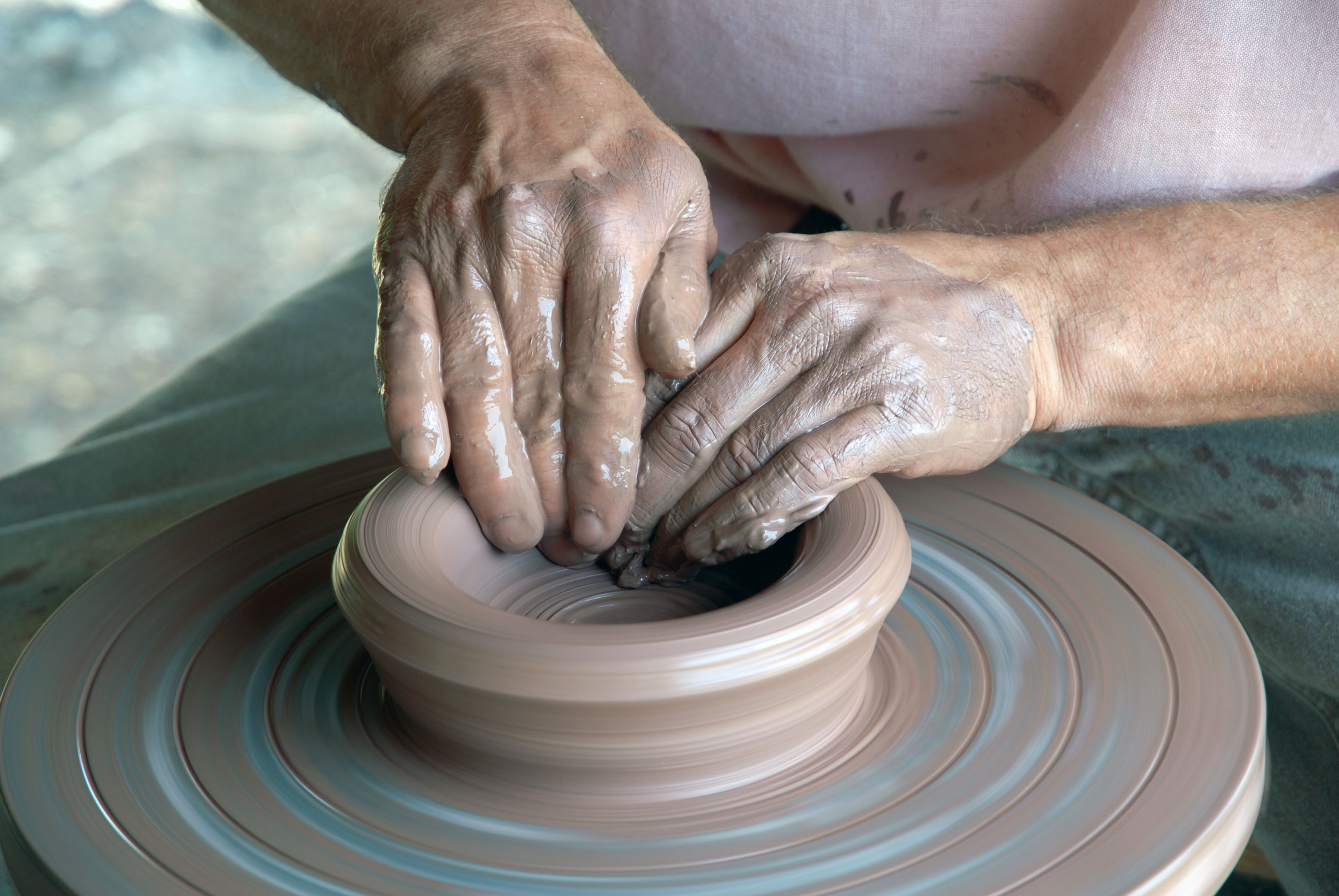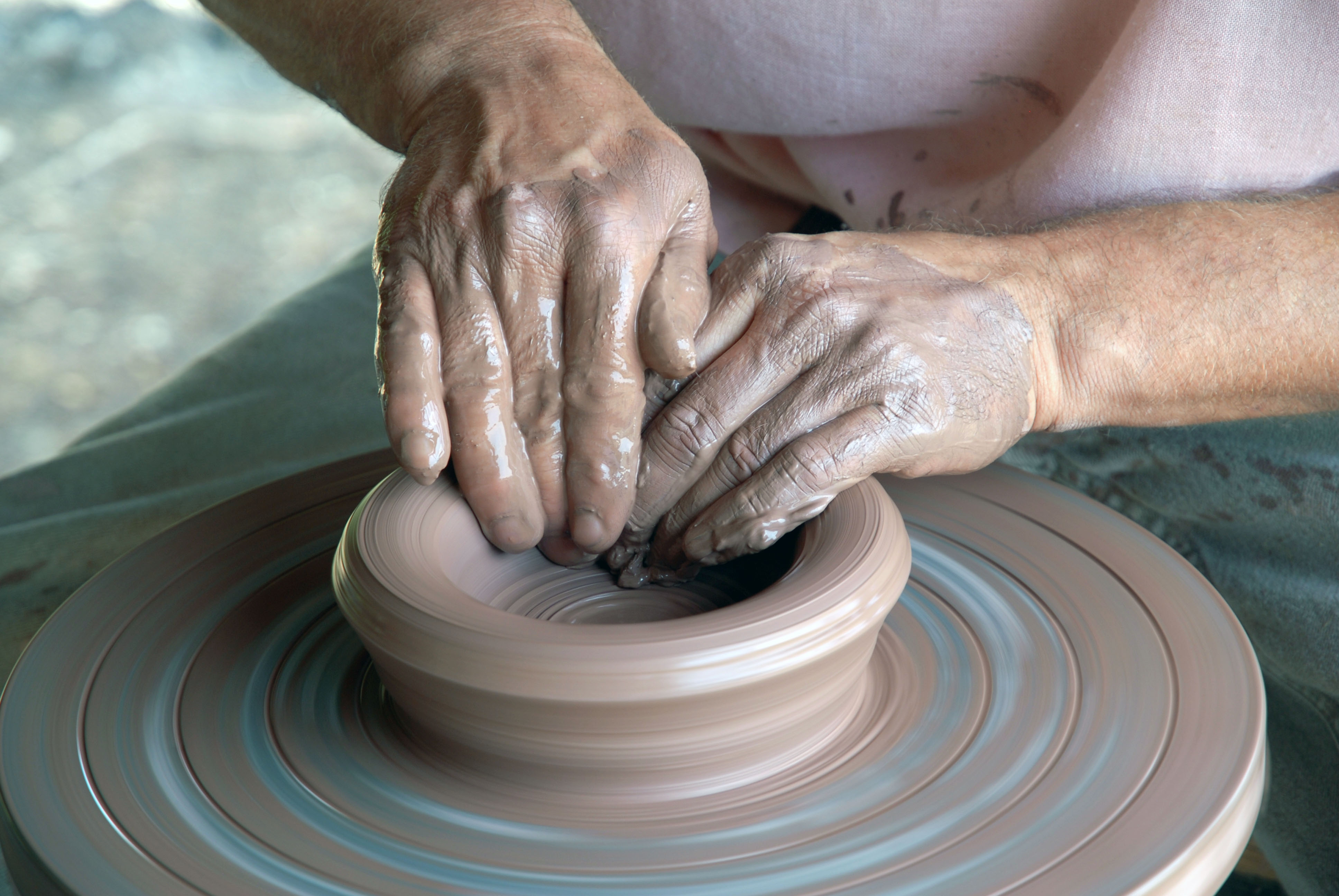18 June 2019, 13:00-14:45 - At the premises of Regional Council South Ostrobothnia
The meeting was chaired by Hanna Hangasluoma, Development Planner.
At first, the LSG assembly was given a summary of the series of meetings with ceramics actors in the SO region. These meetings took place from January to April/May 2019. They proved to be fruitful for the Needs Analysis Survey that was executed in April 2019, because most of the visited people replied also to the survey.
The results of the Survey were presented and discussed in the LSG meeting. Some criticism was brought up, because not all questions (esp. the numerical ones) were considered that relevant. On the other hand, there could have been use for questions that would have enquired motivations and goals of the ceramists.
An important part of the meeting was to familiarize the meeting attendees with the upcoming ILE meeting agenda. The content of the meeting was discussed with special attention to the Good Practices of the SO region that would be presented and discussed during the meeting.
1 October 2019, 13:00-15:00 - At the premises of Regional Council South Ostrobothnia
International Learning Event (ILE) 3 Seinäjoki, 11–12 September 2019: The meeting begun with recalling the contents of the ILE 3 that was held three weeks earlier. The Stakeholder members who attended the ILE were asked to share their impressions about the event. It was brought up that the meeting had created new contacts, yielding e.g. a possible new project partnership.
This meeting addressed the many procedures included to the CLAY project structure, from the collection of data to the recognition of good practises that leads to the compilation of the action plan. Also, the goal of the policy development and its means were reviewed.
To perceive and to open different perspectives on developing the crafts and design field, the CLAY project was in this meeting examined with the concept of “framing”. It was discussed how, on the one hand, the Interreg Europe programme sets its preconditions and, on the other hand, how that matches with the operational modes of the Finnish regional councils. Furthermore, policies aimed at developing the creative sector (CCI) influence the way artisans and crafts/design entrepreneurship are approached. These may appear quite different compared to what the every-day entrepreneurship in the ceramics / crafts and design field is in South Ostrobothnia today.
The main challenges in the crafts and design fields have remained similar for a long time: the agencies of this field are not recognised and/or the actors’ needs are not sufficiently identified and/or responded to. As education on ceramics has decreased, also professional activities in the field diminishes. On a positive note, it was pointed out that the emerging changes in consumption trends, relating to energy and climate change issues, can open new possibilities for the ceramics field.
The discussions were fruitful keeping in mind the future steps of the CLAY project in the SO region, the follow-up part to the Needs Analysis and the creation of the action plan.
